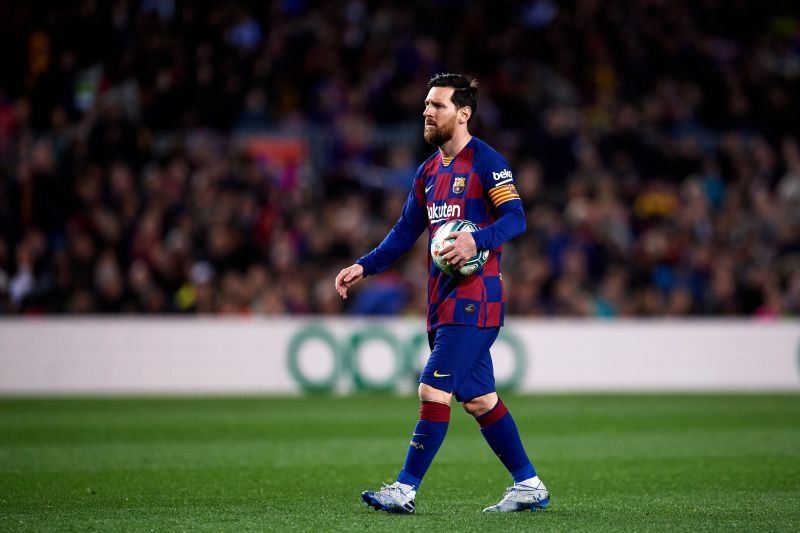
The evolution of Lionel Messi through the years

Lionel Messi has perhaps changed the way football will be viewed in the decades to come.
The Argentine wizard has made it a normal occurence to score 30 goals in a season while bagging regular hat-tricks.
In 718 appearances for Barcelona, Lionel Messi has amassed 627 goals and 261 assists. Along with Cristiano Ronaldo, Messi is quite possibly the greatest footballer ever.
What is more interesting, though, is how Lionel Messi has managed to sustain and raise his level of performance year after year, despite age and a change in club managers and teammates.
This piece takes a look at Lionel Messi's stats over the years to try and study his evolution as a player.
Lionel Messi's initial years (2005-2008)
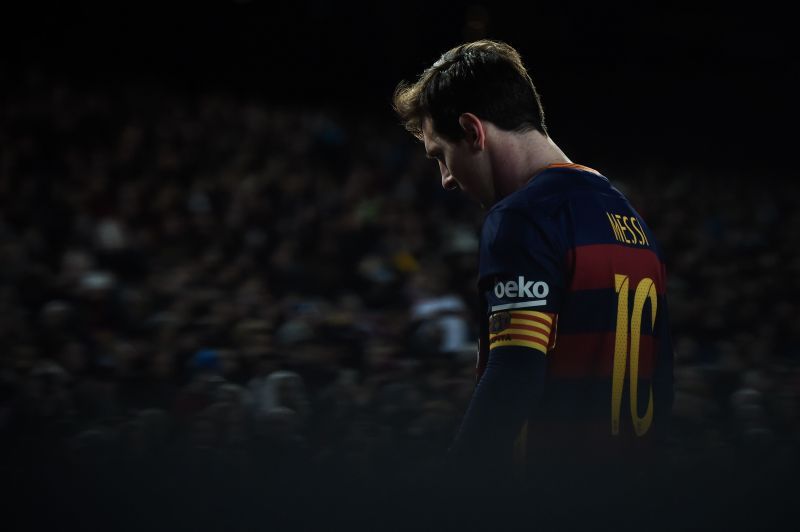
Lionel Messi's breakout season arguably came in 2005/06. Although he made his debut in the previous season, the said campaign saw him score eight goals and record five assists in 25 appearances in all competitions, aged just 17.
Frank Rijkaard was the manager who handed Lionel Messi his debut and the diminutive Argentinian burst onto the scene as an electric winger suited to playing on the right-wing. Messi averaged 0.59 goals and 0.30 assists per 90 minutes, promising stats for a youngster, in 2005/06. It must also be mentioned that Messi did not start many games but was eased into the side. He made 17 appearances during the season, where he made 11 starts.
In subsequent seasons, Lionel Messi's playing time was greatly limited to the right-wing, as Barcelona had the likes of Samuel Eto'o, Ronaldinho and later Thierry Henry across the frontline. The Argentinian began to see a gradual increase in playing time and consequently in his goals and assists tallies. In 06/07, Lionel Messi scored 17 goals in 36 appearances, averaging 0.64 goals per 90 minutes in the league.
The 2007/08 season saw an important change in the perception around Lionel Messi that he was more than just a flashy dribbler. In this season, Lionel Messi's goal output was comparatively lower, with 16 goals in all competitions. However, the Argentine registered 15 assists as well, making it amply clear that he was an excellent playmaker who could orchestrate attacks for Barcelona.
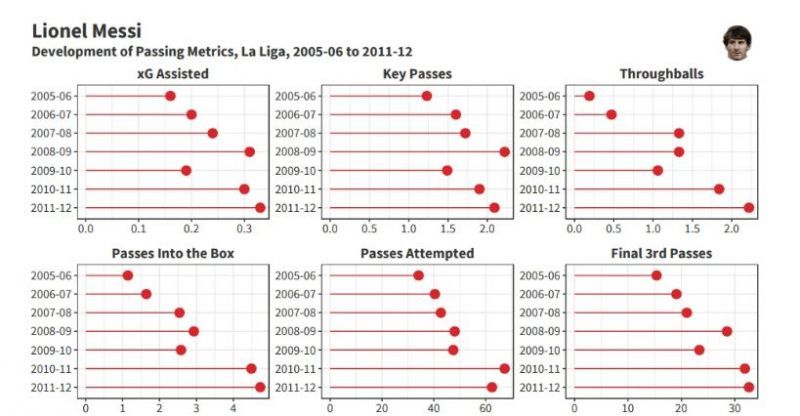
The above graphic depicts Lionel Messii's gradual development into a more all-round player. There is a marked increase in his involvement in playmaking activities for his side, as the Argentine began to take more risks and tried to have greater influence on the play.
Also check out: Messi vs Ronaldo complete stats
Lionel Messi's Goal output and peak period (2009- onwards)
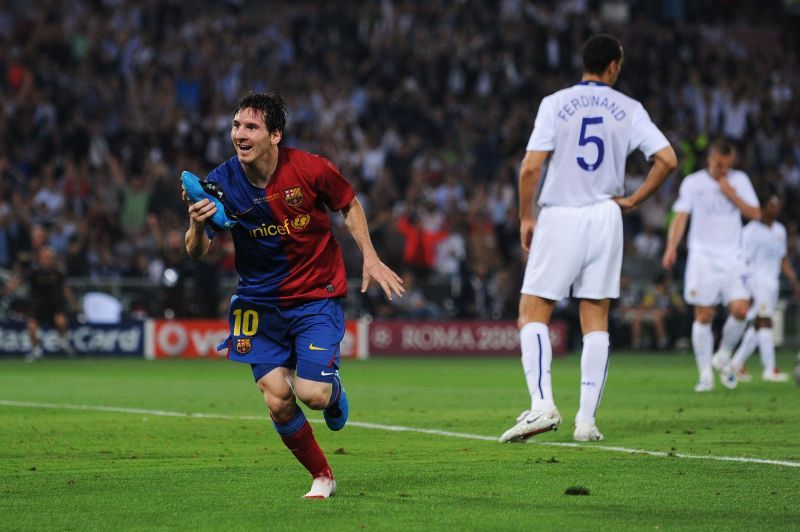
Lionel Messi hit an unreal level of performance from 2009 onwards, a period which also coincided with Barcelona's sustained dominance. The Blaugrana won the treble in 2009 and largely dominated the domestic scene for the next decade or so. In 2009-10, Messi scored 45 goals and made 13 assists, incredible numbers that won him the Ballon D'Or.
It is not fortuitous that such a performance came from Lionel Messi after a subtle shift in his positioning. While he was previously a traditional winger, the Argentine gradually developed into an inside-winger. He rarely hugged the touchline but rather played in the half-spaces between the vertical and horizontal lines. His direct dribbling and Barcelona's tiki-taka perfectly complemented each other, and with a supremely talented midfield behind him, Lionel Messi became Barcelona's talisman.
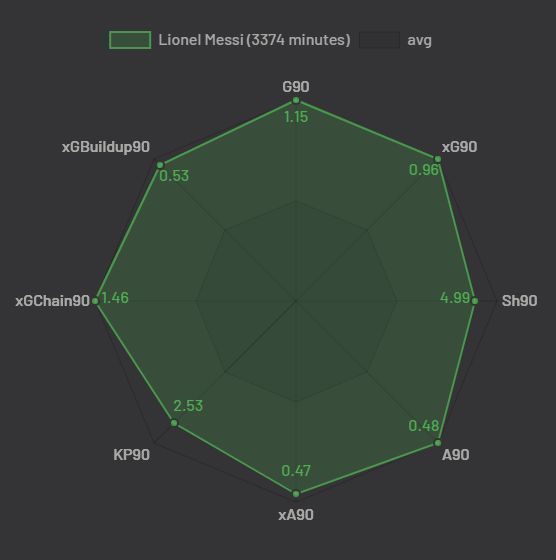
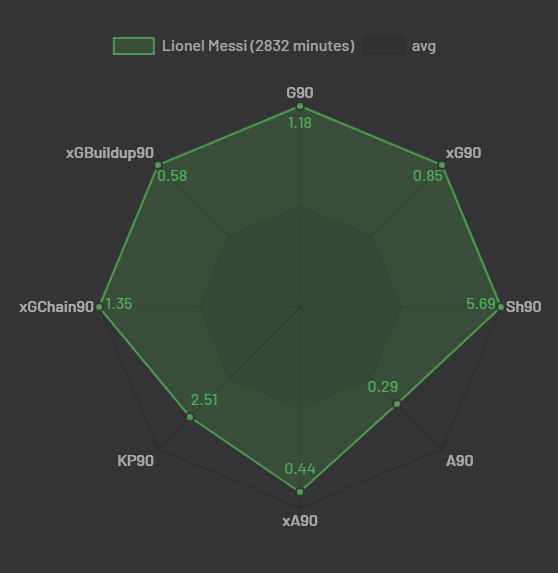
The above graphs illustrate Lionel Messi's incredible levels of performance but also the important role he played in Barcelona's style of play in general. He isn't just a poacher or a penalty-box lurker. Apart from a sustained xG and xA per 90, Lionel Messi's contribution to the xGChain and buildup is clearly illustrated. In fact, Messi shows a sustained overperformance in terms of his metrics and Expected Goals.
For example, in 14-15, 16-17 and 18-19, Lionel Messi performed above his Expected Goals by 7.1, 10.11 and 10 goals respectively. The Argentine is perhaps the only footballer who has evaded regression to the mean so consistently. The individual quality and consistent moments of genius from free-kicks have a lot to contribute in this regard.
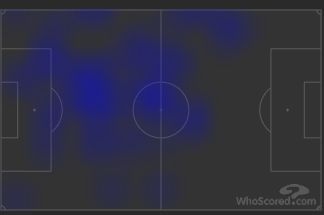
The above heatmap perfectly depicts Lionel Messi's evolution into an all-round impact player. His shift to a more central role facilitated a better goal-scoring output simply because of the proximity between him and the goal.
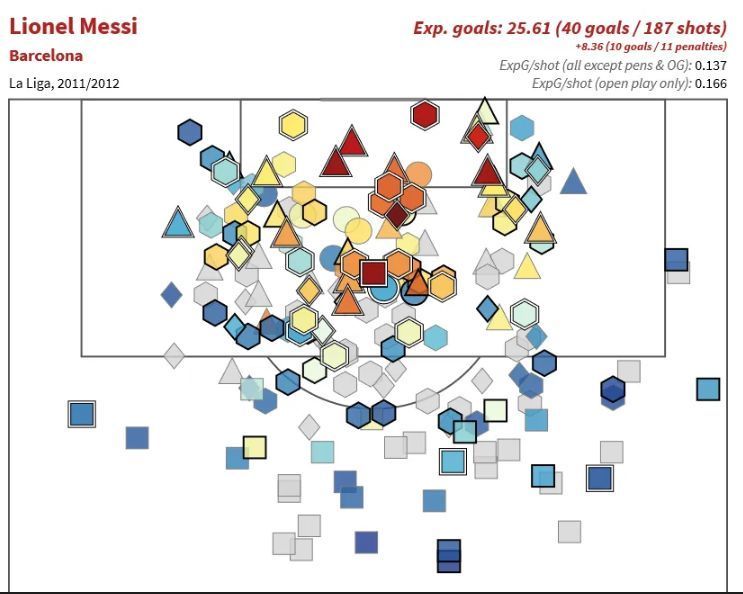

The above graphics shows high output yet high-quality shots taken which have a high Expected Goals rating. The darker colour illustrates a higher xG.
Lionel Messi constantly peppers the opposition goal with shots but his skill and accuracy ensures that such opportunities are not wasted. The Argentine possesses a cultured left-foot that can bend the ball in unimaginable angles.
Can Lionel Messi sustain his staggering numbers?
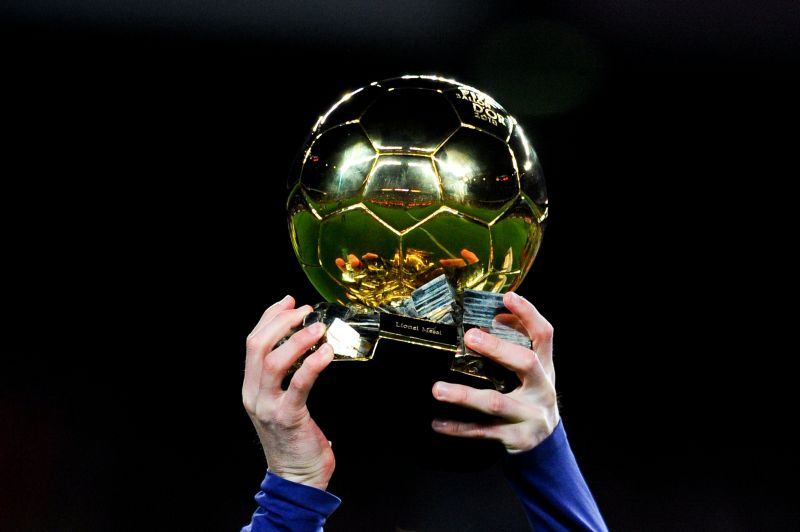
Simply put, there is no reason why Lionel Messi cannot sustain such performances for a couple of more years. He hasn't really shown any signs of slowing down. While his goal output may have marginally decreased, his assists have actually increased, depicting a shift in his role to an attacking midfielder/second-striker that comes with age.
Practically, Barcelona will never be able to replace Lionel Messi, so it would be wise to manage expectations. In all probability, as Lionel Messi's goal-scoring output gradually decreases, he could facilitate Barcelona's lowered dependency on him.
Nevertheless, the Argentine wizard has been a pleasure to watch in the past decade and a half and will be remembered as arguably the greatest ever.